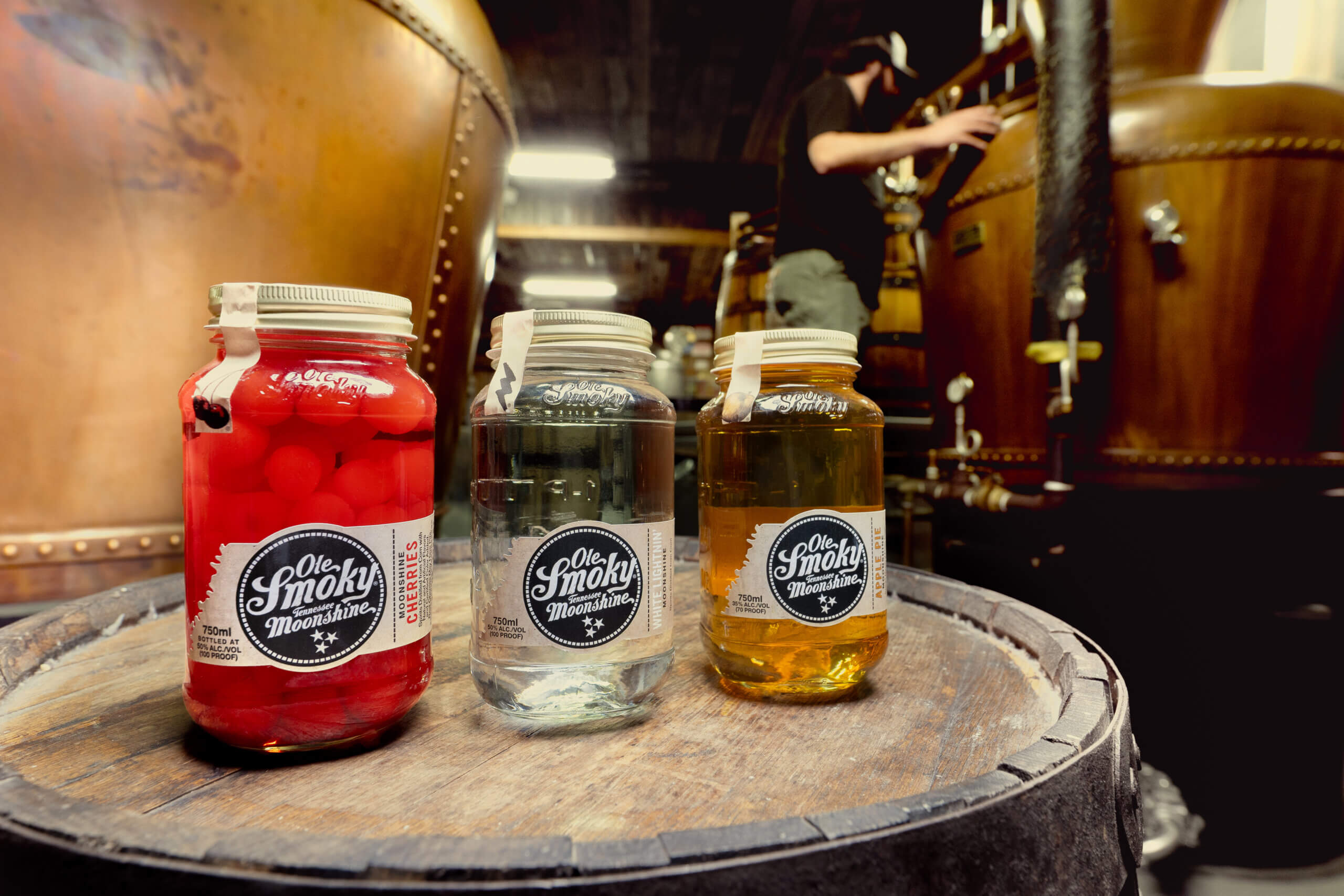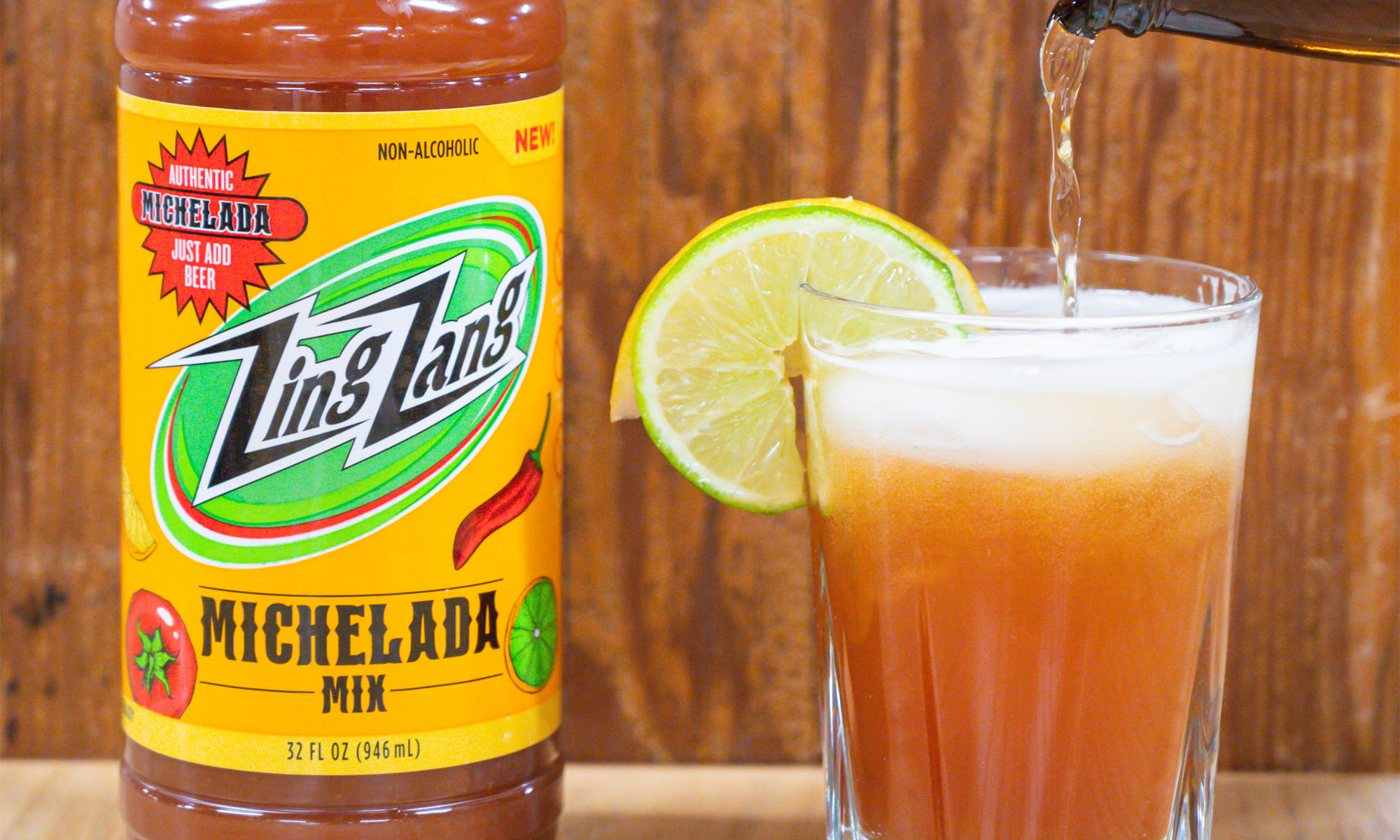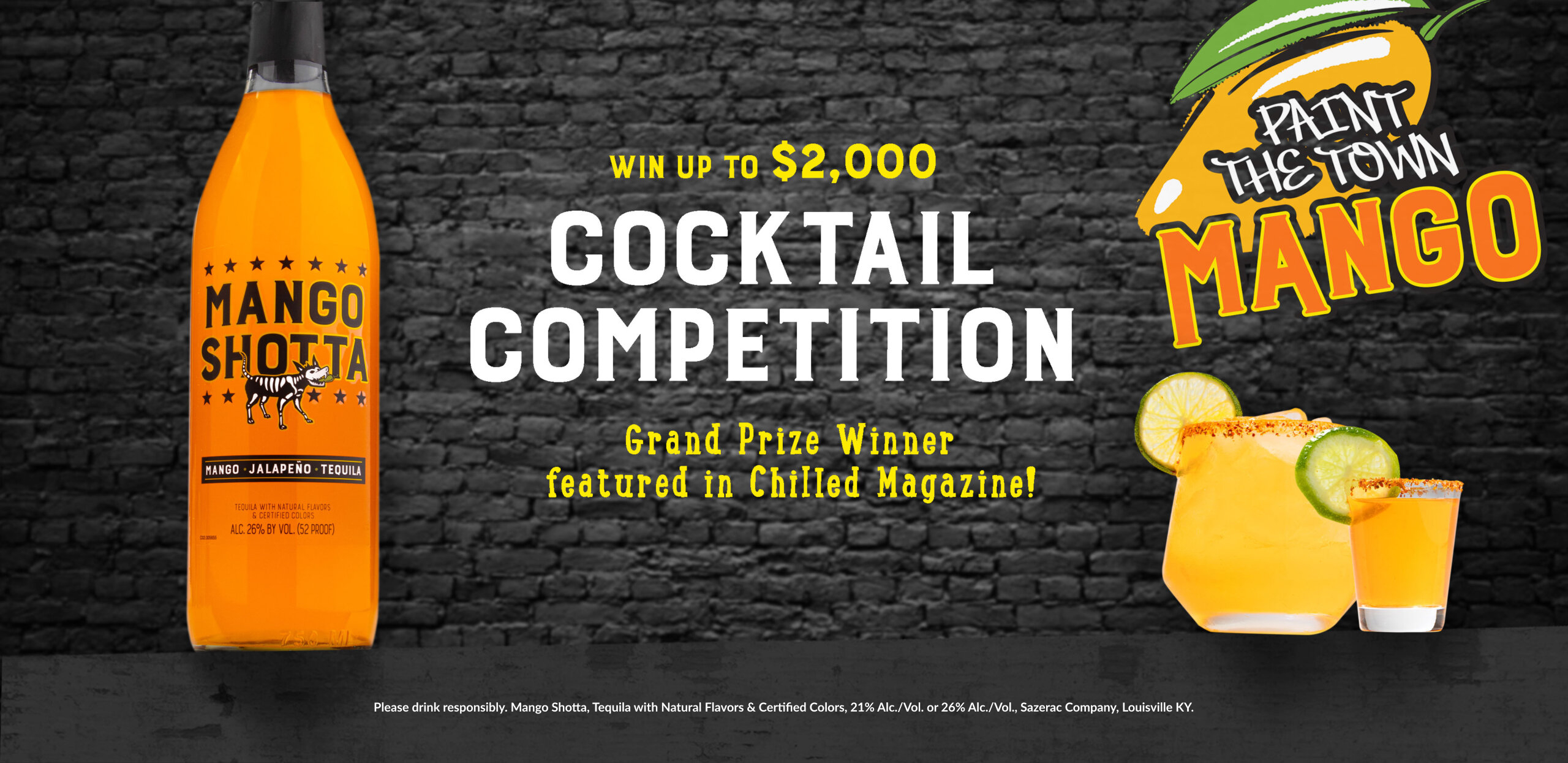The Rise of Craft Whiskey in the 21st Century
By Richard Thomas
There are more than 1,500 active craft distillers today, and whiskey is at the center of what many of those small and mid-sized distilleries do.
Keeping that in mind, the rise of craft distillers from novel curiosities to mainstream fixtures found in all 50 states can be traced step by step through a handful of key whiskey releases. Each of these whiskeys serves as a snapshot, capturing what craft whiskey was like at the time it was made.
Before There Was Craft Whiskey: Old Potrero 18th Century Rye (1996)
Fritz Maytag, a seminal figure in the craft brewing movement and former owner of Anchor Brewing Company, decided to get into distilling in the early 1990s. A few years later, Anchor Distilling (now known as Hotaling & Co.) released a pot-distilled rye. It’s hard to understate how outside the box Old Potrero was, being a craft whiskey made at a time when you could count the number of craft whiskey makers in America on one hand, as well as a new rye released years before mixology would spark the rye whiskey craze.

Old Potrero 18th Century Rye
The Early Birds: Tuthilltown’s Hudson Whiskey Baby Bourbon (2006)
Tuthilltown Distillery co-founder Ralph Erenzo was a key figure in lobbying for the passage of New York’s Farm Distillery Act of 2007, so of course he was poised to start one of the trailblazers in the craft distillery movement. Tuthilltown would go on to release its Hudson Whiskey Baby Bourbon, swiftly aged in small barrels.

Hudson Whiskey Baby Bourbon
Craft Whiskey Explodes: FEW Spirits Bourbon (2011)
From its beginnings, craft whiskey attracted people who were looking for a career change. This description fits FEW Spirits founder Paul Hletko to a T, since he had come to like his law practice very little, but enjoyed his whiskey very much. Hletko has become a bedrock figure in craft distilling, and is highly active in both the Distilled Spirits Council and American Craft Spirits Association. His distillery is also one of the four kings in the Four Kings line, a first-ever series of collaborative whiskey bottlings featuring four prominent distilleries from the Midwest and Upper South.

FEW Spirits Bourbon
The Next Big Thing: Westland American Single Malt (2013)
After craft whiskey became a thing, pouring all styles of rye and bourbon whiskeys onto the market, pundits began wondering what was around the corner. Many looked to the growing niche in American malt whiskeys, and to Seattle’s Westland Distillery in particular. Although Westland eschews the “craft” moniker (it’s much bigger than most craft distillers), it’s been pursuing a course that blends the best of Washington’s semi-Scottish climate, Scotch whisky traditions, and American craft style.

Westland American Single Malt
Bottlers Turned Distillers: High West Double Rye! (2018)
Although some companies went straight to making whiskey (like Tuthilltown and FEW Spirits) and released a relatively young product, others chose a different path: Buy stock whiskey, largely from Indiana’s MGP, and bottle it while they worked on their own in-house whiskey. Many of these bottlers-cum-distillers are now transitioning their brands to their own juice, and the highest-profile example is High West Double Rye! Previously a blend of two separate stock rye whiskeys, it’s now young in-house rye mixed with aged MGP rye.

High West Double Rye!









